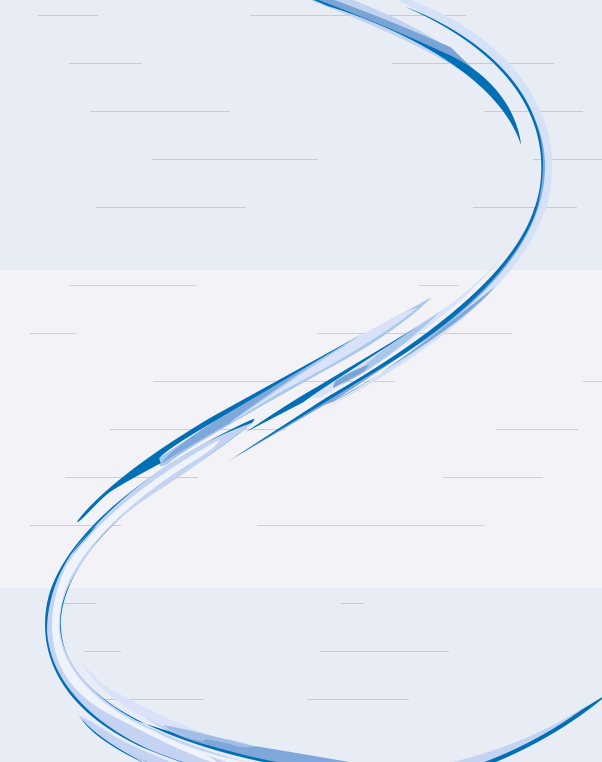Working with styles
English, even “academic English,” is everywhere, on the Internet and in books—but what to do? A crucial skill for a scientist or scholar working in a given field is to identify and learn to use the style manual that is most commonly used in that field. For example, The Chicago Manual of Style (CMOS), originally developed in 1906 and continually updated by a large group of experts, is considered the premier source of what it calls standard written English (basically, the English used by educated people that should be understandable and suitable for scientific communication). Its guidelines are often used in the humanities. In the social sciences, the Publication Manual of the American Psychological Association (APA) is similar in its history and use. In chemistry, the ACS Style Guide (ACS) by the American Chemical Society is used in many journals and covers aspects of writing research that are important in that field. Page 9 of the document recently produced by the Ministry of Education about publication lists styles most commonly used in other fields. For British English, the New Oxford Style Manual is considered the premier guide (and see below about British versus American English).
See the attachment Resources for more information about viewing these style manuals.
This means two things:
1) An author needs to identify whether the target journal specifies using a certain style. If it does specify one, for example, CMOS, APA, or ACS, it is fortunate, because you can access and use it (see the Resources list). Although it seems like a quite a lot at first, the parts that are usually relevant are much smaller than the book as a whole, and each author identifies what is useful and follows it consistently—for example, in word formation (is it socio-economic or socioeconomic?), punctuation (is it X, Y and Z or X, Y, and Z?), and words and phrases to avoid (“It is worth mentioning at this point…” and many more). Note that a few journals have their own author style guidelines that are quite complete, and that some journals require authors to use a certain style "except for the following points" that are particular to the journal and should be followed even though they differ from the overall required style.
2) The instructions of many journals (for example, most Elsevier journals) talk about “English” and may mention things such as abbreviations, but do not stipulate a specific style or many other guidelines. Some journals simply say “plain English” or “standard English.” This does not mean to just do anything! It’s necessary to choose a style that is useful for your field and then follow it so that your result will be correct and consistent (except of course for anything that is different in the journal instructions, if so, follow the journal). The peer reviewers will be the judge of your English, and if you have followed a specific style, it's protection: you can defend your choices to the reviewer (who may not be a native speaker of English) if he or she has a different idea or is not specific.
All scholars need to get to know style guidelines that are suitable for their work and consider them your friend! After several times of writing an article according to them, it will begin to become a lifetime habit. It is not necessary to memorize everything, but simply to know what is important and where to find it when needed in the style guide.
Bottom line:
The journals will not fix the English, and they are not required even to read the articles submitted if they are too difficult to understand. At best, the author might get a note saying something like, “The findings could possibly be interesting, but this article has a terrible problem with commas that must be corrected before we can consider it further.” (This is an actual example, and the author was not yet aware of the style guide for the field given in the journal, which showed comma usage and examples.) (Now she teaches others.) It’s much better to do this work in the beginning and give the journal the best opportunity to consider your content when you first submit the article. This is especially true when some journals now limit peer review to two rounds--if you submit with the format and style already done as required, your chances of a published article after peer review for content are so much better. Some of our authors have gotten comments such as, "Your article was a pleasure to read!" and even "Accepted as submitted."
See here the attachment
КРАТКИЕ РЕКОМЕНДАЦИИ ДЛЯ АВТОРОВ
ПО ПОДГОТОВКЕ И ОФОРМЛЕНИЮ НАУЧНЫХ СТАТЕЙ В ЖУРНАЛАХ, ИНДЕКСИРУЕМЫХ В МЕЖДУНАРОДНЫХ НАУКОМЕТРИЧЕСКИХ БАЗАХ ДАННЫХ
(“Short Recommendations for Authors on Preparing Scientific Articles for Journals Indexed in International Citation Databases”)


